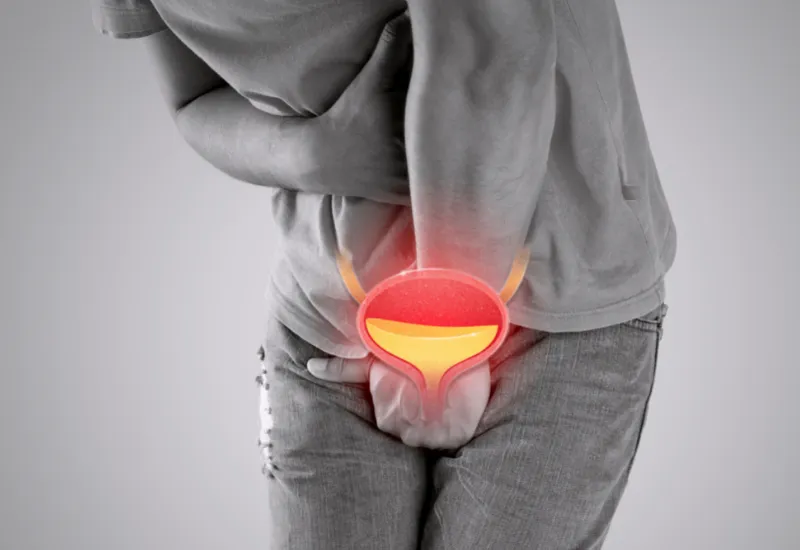Bladder infections or a urinary tract infection (UTIs) are incredibly common amongst people of all ages. While women are more likely to develop a UTI, they can still plague the male population. The urinary system is comprised of the kidneys, ureters, bladder, and the urethra. The kidneys produce urine and also filters different compounds that need to be absorbed or excreted. The ureters transport the urine from the kidneys to the bladder. The urethra is the final part of the urinary system that carries urine out of the body.
Causes and Locations
Regarding a urinary tract infection, bacteria usually enter the body due to poor hygiene, such as females not wiping from front to back. However, UTIs can be caused by the use of antibiotics, feminine hygiene products, urinary retention, catheterization, or bowel incontinence, to name a few. UTIs are the generic name given to an infection found in the urinary system. However, doctors can also classify the infection based on the location of the bacteria. For example, a bladder infection is referred to as cystitis, and a urethra infection is called urethritis. A kidney infection, which is the most dangerous, is called pyelonephritis. Without treatment, a bladder infection can quickly travel up the ureters to the kidneys leading to a severe infection.
Symptoms
While symptoms generally accompany a UTI, some people may experience few to no symptoms. Common symptoms of a UTI include frequent urge to urinate with little output, strong-smelling urine, nausea, vomiting, fever, muscle aches, and painful burning during urination. In the elderly population, it is common to see fatigue and mental changes associated with a UTI. It is vital to get prompt treatment if there is a noticeable change in mental status. While it could indicate an easily treatable UTI, it could also indicate a more severe condition.
Prevention and Diagnosis
Prevention should always be considered the first line of defense. To prevent the occurrence of UTIs, drink plenty of water and urinate frequently. If you have the urge to urinate, do not resist the urge. Also, make sure to completely empty the bladder every time you urinate. Basic hygiene can also help prevent UTIs, such as wiping from front to back and keeping the genital area clean. Do not use cleansing products that contain perfume or fragrances. Finally, avoid the use of tampons as these can promote bacterial growth. Despite all efforts, sometimes, a UTI will still occur. If you experience the above symptoms, schedule an appointment with your primary care provider promptly. Usually, a urine sample will be obtained, which will be analyzed for the presence of bacteria and white blood cells.
Treatment
Treatment of a UTI is relatively simple because it can usually be treated quickly with antibiotics. However, sometimes, other conditions may inhibit the healing process leading to a longer recovery and treatment plan. Plenty of water should be consumed during the treatment process to help the body flush out the harmful bacteria. Finally, if you have recurrent UTIs, it is important to discuss other diagnostic options with a physician to discover the root cause of the reoccurring infections.












